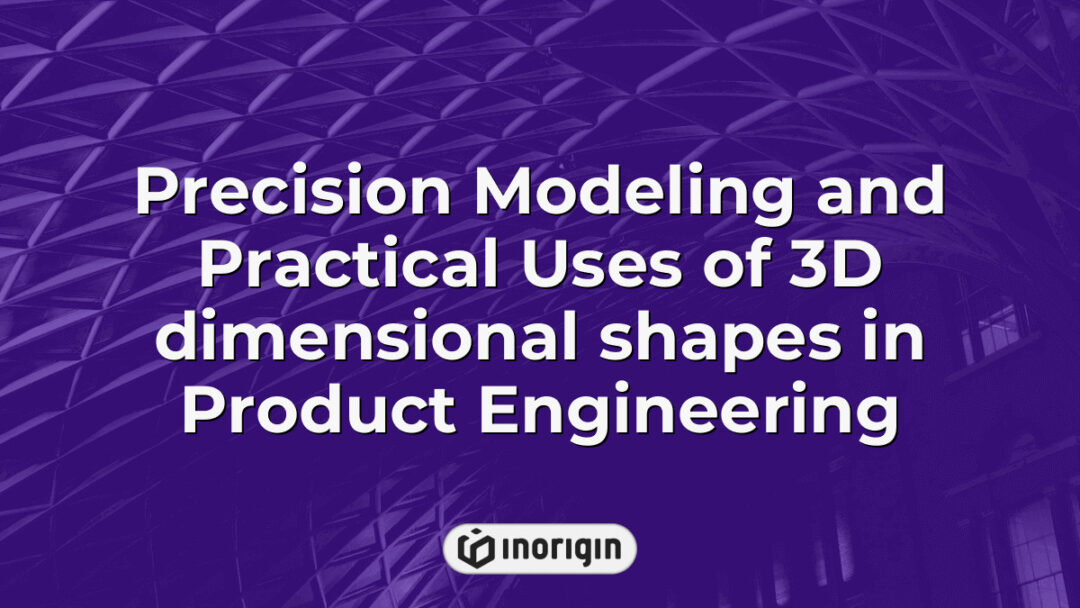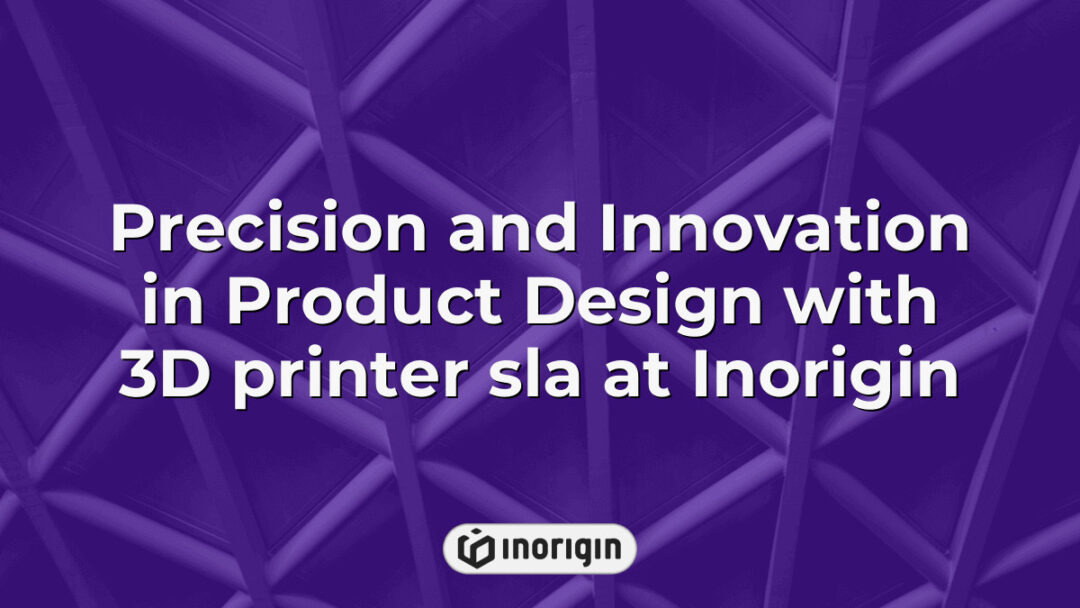In an era dominated by high-tech design software and meticulously polished digital artistry, the emergence of ’Sketch Free’ invites a paradoxical reflection on the value of simplicity and spontaneity in creative expression. As countless artists immerse themselves in complex applications laden with features, ’Sketch Free’ stands as a refreshing antithesis, promoting the enchanting allure of unrefined creativity that flourishes without the constraints of elaborate tools. This platform offers a digital sanctuary where the crude and the raw are not merely tolerated but celebrated, urging artists to embrace imperfections and to discover a liberated approach to sketching that champions intuition over precision. Thus, the irony unfolds: in a world obsessed with perfection, the call to sketch freely emerges as a radical, even revolutionary, act of artistic authenticity.
| Aspect | Key Takeaway |
|---|---|
| Definition of Sketch Free | The concept of “sketch free” encourages artists to prioritize spontaneity and authentic creativity over reliance on complex digital tools. |
| Benefits for Product Designers | Sketch-free methodologies enable rapid ideation and flexible iteration, crucial for innovative product design and engineering processes. |
| Digital Tools Supporting Sketch-Free | Advanced drawing applications with machine learning support seamless creation without traditional preliminary sketches, enhancing creative efficiency. |
| Fostering Creativity in Teams | Collaborative sketch-free environments promote real-time idea sharing and integration, strengthening interdisciplinary design and engineering workflows. |
| Common Challenges | Adopting sketch-free techniques may involve overcoming technological adaptation hurdles and shifting away from tactile traditional workflows. |
| Dispelling Myths | Sketch-free creation demands refined skills and can enrich artistic and design expression, contrary to misconceptions about its simplicity. |
| Actionable Insight for Designers | Integrating sketch-free approaches with digital prototyping accelerates the transition from concept to functionally sound and visually compelling products. |
Exploring Various Approaches to Sketching Without Boundaries
The exploration of various approaches to sketching without boundaries is both diverse and complex, reflecting a significant shift in how artists engage with the medium of drawing. Traditional methods often impose constraints on creativity; however, the advent of freehand drawing tools has facilitated an environment supportive of spontaneous expression. As these tools evolve, collaborative drawing becomes increasingly accessible, drawing together artists from different backgrounds and skill levels to collectively produce artwork. This collaboration fosters a community atmosphere, encouraging exchange of ideas and innovations. For instance, platforms for online sketching have surged in popularity, allowing individuals to create in real-time, bridging geographical distances. Overall, the progression towards a less restrictive approach to sketching not only enhances artistic expression but also redefines the very essence of drawing as a social activity.
Innovative Tools and Techniques for Sketch-Free Creation
Innovative tools and techniques for sketch-free creation have emerged, fundamentally changing the approach to artistic expression. Drawing applications now utilize machine learning algorithms that enable users to create images without the constraints of traditional sketching methods. This shift towards digital platforms allows artists—ranging from amateurs to professionals—to explore new possibilities in their work, fostering a more inclusive environment for creativity. With features that predict and refine strokes, such applications not only empower users to enhance their artistic abilities but also facilitate a collaborative approach to creation. As these tools evolve, they increasingly incorporate intelligent systems that analyse user input, offering real-time suggestions and adjustments that enhance the drawing experience. The combination of user-friendly interfaces and powerful machine learning capabilities creates an engaging atmosphere where imagination is unrestricted, providing artists with the means to translate their visions into reality. Such advancements have not only expanded the toolkit available to artists but have also redefined the nature and process of drawing itself, making art more accessible to a broader audience.
How to Cultivate Creativity in a Sketch-Free Environment
How can creativity thrive in the absence of traditional sketching techniques? Cultivating creativity in a sketch-free environment requires an understanding of alternative methods that promote innovative ideas and artistic expression. To illustrate, the rise of digital artwork platforms exemplifies how technology can effectively replace traditional sketching while still facilitating creativity. These platforms often feature a shared canvas, allowing multiple artists to collaborate in real-time, thus enhancing the creative process through collective input. Furthermore, artists can utilise various tools and features that foster free flow of ideas, such as adjustable brushes, layers, and colour palettes, which can be manipulated without the constraints of physical materials. Research shows that engaging with such innovative tools not only broadens the possibilities for artistic expression but also encourages individuals to explore and refine their techniques in a digital format. Adopting these strategies not only generates an inclusive space for artistic exploration but also challenges the conventional notions of creativity, suggesting that the practice need not rely solely on the tactile experience of sketching to flourish.
Success Stories: Artists Who Thrive with Sketch-Free Methods
The exploration of success stories involving artists who thrive with sketch-free methods uncovers a compelling narrative about creativity unconstrained by traditional techniques. Many practitioners in the art world have adopted approaches wherein drawing occurs spontaneously or collaboratively; this challenges the conventional reliance on preliminary sketches. For instance, the practice of painting together in community settings has gained traction, allowing artists to create dynamic pieces that reflect collective ideas instead of individual blueprints. Emphasising the advantages of ’drawing stuff fast’ without the preceding phase of sketching enables a fluidity that can lead to unexpected artistic results. In contrast to more methodical methodologies, this technique often cultivates an organic interaction between artists, leading to a rich cross-pollination of thoughts and styles. The experiences of particular practitioners lend weight to this theory; for example, several contemporary artists, including the likes of Julie Mehretu, have demonstrated that working without sketches can enhance spontaneity and innovation within one’s practice. Through the amalgamation of such layered experiences, a picture emerges of a transformative approach that not only breaks with tradition but also fosters a unique environment for artistic expression.
Challenges and Solutions in Adopting a Sketch-Free Lifestyle
The transition to a sketch-free lifestyle presents a variety of challenges, reminiscent of traversing from the era of physical drafting tools to a digital workspace reminiscent of early computer graphics. As the demand for real-time collaboration grows, adopting collaborative whiteboard solutions becomes increasingly relevant; however, several barriers can hinder this process. Firstly, technological literacy stands out as a significant obstacle, as individuals must navigate unfamiliar interfaces that may appear daunting. Secondly, resistance to change often manifests among users who are accustomed to tactile methods of creation, causing reluctance to embrace these innovative tools. Thirdly, ensuring reliable internet connectivity remains a constant concern since disruptions can severely affect workflow and collaborative efforts. Therefore, addressing these challenges is crucial for those aiming to successfully integrate sketch-free methods into their artistic practices, and fostering environments that encourage adaptation can lead to more effective use of collaborative platforms. Overcoming these hurdles not only promotes creative collaboration in real time but also emphasizes the necessity for ongoing education and support within the artistic community.
Frequently Asked Questions
What are the foundational principles of sketching that contrast with sketch-free methods?
In the broader discourse on artistic techniques, sketching emerges as a structured foundation upon which creativity can flourish, serving as the preliminary outline before further refinement occurs. Sketching entails an iterative process characterised by the spontaneity of thought and the fluidity of line; it is often employed to quickly capture the essence of an idea or concept. In contrast, sketch-free methods devote their energy to finished products without the benefit of exploratory preliminary work. This divergence leads to differing outcomes; while sketching allows for modification and adaptation during the creative process, sketch-free approaches demand clarity from the outset, which may inadvertently restrict innovation. Furthermore, sketching can embody a collaboration between thought and craft, where modifications can enhance the final output, thus fostering a dynamism absent in approaches that ignore the sketching phase. Such distinctions underscore the necessity of acknowledging the merits of each method in diverse creative contexts.
How can beginners start practicing sketch-free techniques effectively?
To effectively practice sketch-free techniques, beginners must first grapple with the underlying principles that differentiate this approach from traditional sketching. Initial steps involve recognising the importance of gesture drawing, where rapid movements capture the essence of a subject rather than focusing on detailed outlines. Subsequently, the utilisation of tools such as charcoal and digital platforms can enhance this process; for instance, software like Procreate or Adobe Fresco provides flexible mediums and layers without the need for preliminary sketches. As one progresses, it becomes essential to experiment with various styles and methodologies, thereby encouraging a fluid exploration of forms and shapes, unbound by the constraints of sketching. This process of exploration often leads to the cultivation of an intuitive understanding of composition and proportion, which is crucial for proficiency in sketch-free techniques. Ultimately, regular practice combined with thoughtful reflections on the outcomes of each session fosters continual improvement, allowing for the development of a unique artistic voice that operates within the boundaries of this innovative approach.
What are some common myths about sketch-free art creation?
The misconceptions surrounding sketch-free art creation are prevalent in discussions among artists and educators alike, often leading to confusion for those attempting to engage with this method. To begin with, one must acknowledge that the belief that sketch-free techniques require less skill is fundamentally flawed; in fact, they demand a nuanced understanding of form, structure, and spatial awareness. This misconception can manifest in several ways:
- Firstly, the notion that sketch-free creation is merely spontaneous overlooks the underlying principles guiding such methods.
- Secondly, there exists a myth that this approach limits artistic expression, when in reality, it can offer new dimensions of creativity through direct engagement with materials.
- Lastly, the idea that sketch-free art only appeals to beginners dismisses the increasing interest from established artists seeking to expand their practices.
Consequently, it becomes clear that sketch-free methods are not a shortcut but rather an alternative pathway that invites both experimentation and learning. As artists increasingly explore the potential of eliminating preliminary sketches, it enhances their ability to adapt and innovate—ultimately redefining traditional boundaries within artistic practices. The shift towards sketch-free techniques represents a significant movement, encouraging a dialogue that confronts these myths head-on and fosters a deeper appreciation for diverse artistic modalities.
Conclusion
In conclusion, embracing a sketch-free approach in artistic creation offers a refreshing perspective that fosters innovation and creativity. By adopting diverse techniques and tools, artists can break free from conventional constraints, ultimately discovering that thinking outside the box leads to remarkable outcomes and new artistic horizons.
Related posts:
- Precision 3D Modeling and Workflow Techniques with Google Sketch at Inorigin
- Drawing software free for professional product design and precision engineering
- Techniques and Tips to Draw 3D Drawing with Depth and Realism
- Precision Techniques for Creating Realistic 3D Drawing with Depth and Texture
- Product design drawing techniques for seamless prototype development at Inorigin
- 3D drawing app Features and Professional Techniques for Precise Product Design




